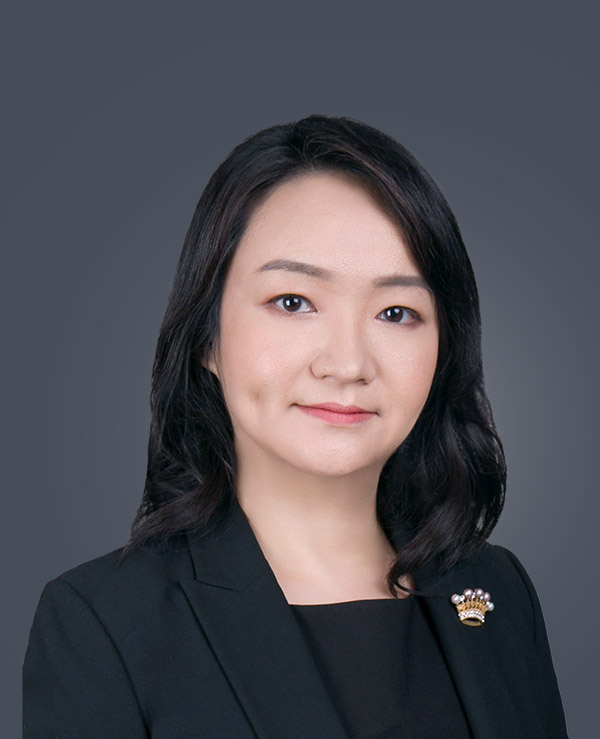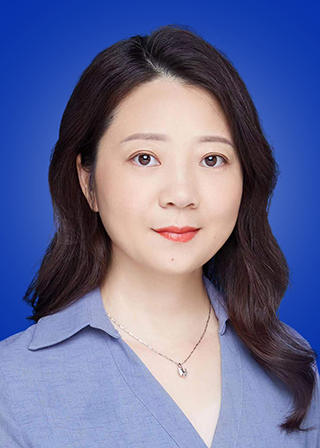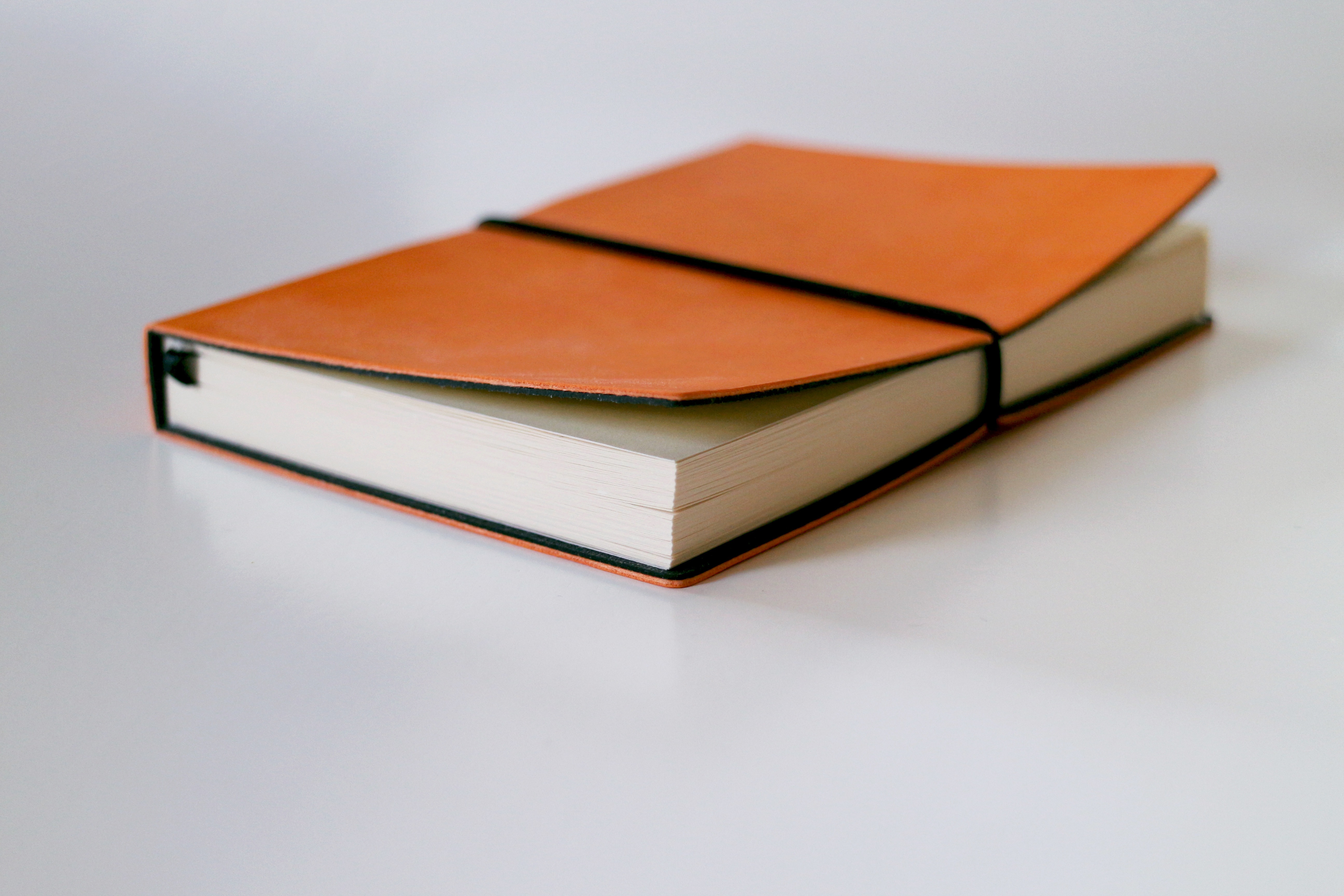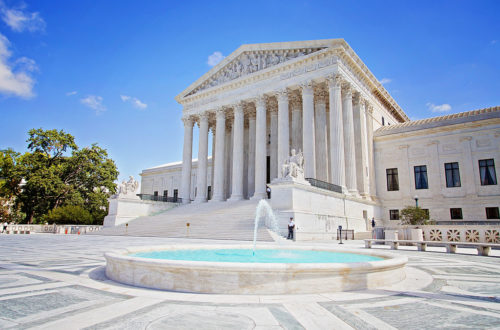The Chinese Patent Office (CNIPA) is moving forward at breakneck speeds aiming to get all the necessary pieces in place for the June 1, 2021 date when the new 4th Amendment of the Patent Law will come into effect.
Most recently, this means a flurry of drafts coming out from CNIPA, including, but not limited to, draft measures with the NMPA relating to patent linkage, draft implementation rules of the new patent law, and what we’ll discuss today, draft examination guidelines in light of the new patent law.
We are encouraged that CNIPA is engaging the public, allowing any member of the public to submit comments within a (albeit very rushed) timeframe. In fact, the most recent draft examination guidelines were a whopping 190 pages of text to review, and CNIPA is only providing a one-month period within which to review and submit comments.
We have taken a look at the guidelines and have prepared some comments which we plan on submitting to CNIPA. Below are some highlights of our initial thoughts.
Novelty[1]
The new guidelines clarify how to determine when something is public on the internet for novelty purposes. Notably, online forum conversations and public tenders are considered “public”. However, it’s unclear when these tenders would be considered public. Is it the date of tender submission or the time the tender documents become publicly available? What about private tenders?
Originally, if only a month and a year were mentioned as the publication date, the disclosure date of the publication would be deemed the last day of the month (provided no contrary evidence is provided). This rule now also applies to internet materials.
We welcome the expansion of the 6-month grace period[2] as it has been expanded to include disclosures that occurred “downstream” of an initial unauthorized disclosure. Previously, if any person disclosed an invention without the applicant’s authorization, a 6-month grace period for novelty would apply to this unauthorized disclosure, but not for subsequent disclosures. The new guidelines also allow these subsequent disclosures to be included in the 6-month grace period. It is unclear what kind of evidence is required to prove to the CNIPA that a disclosure originally came from an unauthorized disclosure.
Inventive Step[3]
Examination of inventive step in China has always involved a three-step analysis as shown below:
- Identify the closest prior art
- Identify the technical features that are different between the closest prior art and the invention
- Evaluate what technical problem is being solved by those different technical features
After going through this three-step analysis, the Examiner then determines whether the claimed technical solution is obvious in view of the prior art and/or common knowledge.
The proposed guidelines stipulate that when an Examiner identifies what technical problem is being solved (step 3), this technical problem should match the technical effect that the distinguishing feature can achieve in the invention, not be the independent technical effect of distinguishing feature itself, nor contain even guidance or hints to the distinguishing feature.
The new detailed guidelines clearly prevent Examiners from creating a technical problem with hindsight using step 3, e.g., by defining the technical problem simply based on the differences between the closest prior art and the claimed invention.
A New Type of Prior Art
A new Category “T” has been created for cited documents. T documents are published after the priority or application date of the application. T documents can provide a clear explanation of the theory or principle of a claimed invention, or can show that the reasoning or facts of the claimed invention are unfounded.
We find this new category of art to be worrying. How will T category documents be used during examination? For example, Can T documents teaching that the reasoning/principles of the claimed invention are wrong be used to reject an application, especially considering it was published after the filing date? Upon which grounds? Who has the burden of proof regarding the accuracy/correctness of the statements made in the T reference?
Third Party Opinions/Submissions
The guidelines allow 3rd party opinions to be submitted and considered during examination of a patent. Previously, the examiner may ignore 3rd party opinions without any justification. Now, they are required to take such opinions into consideration. In many ways this will help streamline prosecution and provide the public with more ways of “attacking” potentially weak patents earlier during the prosecution process. However, we think it’s only fair if the Examiner is required to notify the applicant about all 3rd party submissions and the details thereof. We also suggest that applicants be given an opportunity to respond to the 3rd party opinion within a designated period (say one month) before the Examiner considers the opinion(s) and makes a decision.
Subject Matter Eligibility – Computer Programs[4]
This chapter was recently amended in February 2020 to provide more clarity on what types of computer program inventions can be patented. In general, we believe that these revisions direct examiners towards more objective judgement in this area and strengthen the protection of innovative achievements in new forms and fields.
Notably, inventions claimed using computer-implemented means are patent eligible.
Furthermore, this revision adjusts the examination criteria for subject matter eligibility as it relates to computer programs, highlighting the role of technical means in the “three elements” test used when examining subject matter eligibility (i.e., technical problem, technical solution and technical effects).
However, a few examination examples added in February 2020 are now removed from this version and there seem to be some contradictions. Does this mean those examples regarded as not eligible in February 2020 are now eligible?
National Phase Entry Procedure[5]
China has always been strict about allowing the introduction of “new matter” into an application, even if the new matter were present in a priority document or if it was “incorporated by reference”. The new guidelines relax this standard a bit, allowing applicants to “rectify” (i.e. push back) a filing date to the date in which new matter was added to an international application during the PCT stage.
We see this being useful in the narrow situation where certain aspects of the application absolutely need to be “corrected” after the 12-month date but before the publication date of the PCT application. However, the current guidelines stipulate that the new “pushed back” filing date would apply to the entire application, which brings a litany of potential unintended consequences. We much prefer that the new filing date only apply to the new “incorporation by reference” matter that was added to the application.
Post Grant Procedures[6]
In an effort to speed up and streamline post-grant procedures, the proposed guidelines indicate that for certain “simple” situations, CNIPA can set a shorter (less than 1 month) deadline for response. We think this is very unfavorable for foreign clients, since they will typically need more lead time for all decisions due to the need for translation, the added time needed to communicate between various levels of counsel, the time to consider the decision, etc. We strongly suggest keeping 1 month as a minimum for cases where at least one of the parties involved is foreigner, or we suggest that the guidelines provide more clarity on which types of actions are considered “simple” so that foreign clients can at least try to be prepared.
Designs[7]
We welcome the heightened standard for novelty indicating that designs whose differences are “not easy to” discern (versus the previous “unable to”) are still considered novelty-destroying prior art (or are considered infringing products). However, it is not clear whether the standard of using a “normal consumer” means a normal consumer of the design patent product (consistent with prior Interpretations on this legal issue by the SPC)[8] or just a normal consumer?
The draft guidelines clarify certain practices that were already being done, such as the fact that multiple pieces of prior art designs can be combined to render a design obvious. However, the guidelines clarify that two prior art designs cannot be arbitrarily combined by randomly dividing by a point, line or face. Instead, if the Examiner wants to point to two different portions of a design and cite two pieces of prior art, those two portions must be physically or visually distinguishable and have relatively independent visual effect. We understand this to mean a natural and logical “break”, such as two physically distinct parts (e.g., a bottle and a cap).
We ask for clarification on what “randomly dividing by point, line or face” means.
The updated guidelines require restricting designs of an element/part to the actual product to which the element is applied, although multiple products can be listed for a particular design. Do we need to file these different products in different classes, or can they be filed in one application?
Invalidation/Patent Re-examination[9]
The new draft guidelines provide a lot more flexibility on how to incorporate internet technology within the court system, allowing the use of formats, such as oral hearings, video, or traditional written responses. This is consistent with the operations of the current court system.
We welcome the addition of new software systems that facilitate certain procedures, such as online hearings. Will these systems be available to those outside of Mainland China, such as Hong Kong or Macau? What about foreign applicants who need to participate or want to observe these hearings? Can they access the system from their own countries?
With respect to post-grant hearings, it’s not clear who can decide which format to use. Can the Patent Re-examination Board (PRB) reject a proposed format? Can the PRB mandate a format for all attendees?
General Thoughts
There’s a lot to digest in these 190 pages of revisions. As a whole, we think the new revisions are good for everyone. We especially welcome the updates that “modernize” the law to take into account technology, such as internet disclosure standards and processes for conducting a hearing. We welcome new and improved standards in the examination of design patents as well as clarifications on novelty and inventive step.
We hope that the CNIPA takes into account some of the issues that we have brought up and incorporates additional improvements to address some of these concerns.
Finally comments are due December 10, 2020.
This article is for general informational purposes only and should not be considered legal advice or a legal opinion on a specific set of facts.
About the Authors

Jennifer Che, J.D. is Vice President and Principal at Eagle IP, a Boutique Patent Firm with offices in Hong Kong, Shenzhen, and Macau.

Yolanda Wang is a Principal, Chinese Patent Attorney, and Chinese Patent Litigator at Eagle IP, a Boutique Patent Firm with offices in Hong Kong, Shenzhen, and Macau.

Sally Yu is a Chinese Patent Attorney at Eagle IP, a Boutique Patent Firm with offices in Hong Kong, Shenzhen, and Macau.

Pauli Wong is a Chinese Patent Attorney at Eagle IP, a Boutique Patent Firm with offices in Hong Kong, Shenzhen, and Macau.
Thank you also to the entire China Practice Team at Eagle IP for their hard work in supporting this article
- Draft Examination Guidelines Part II, Chapter 3, Section 2.1.2.2 ↑
- Draft Examination Guidelines PPart II, Chapter 3, Section 5 ↑
- Draft Examination Guidelines Part II Chapter 4, Section 3.2.1.1 ↑
- Draft Examination Guidelines Part II, Chapter 9 ↑
- Draft Examination Guidelines Part III, Chapter 1, Section 5.3 Incorporation by Reference ↑
- Draft Examination Guidelines Part IV, Chapter 3, Sections 4.4.1 and 4.4.3 ↑
- Draft Examination Guidelines Part IV Chapter 5, Sections 5.5.1.2 and 5.2.4 and 6 ↑
- See Article 10 of The Supreme People’s Court announcement on several issues concerning patent infringement cases which states the People’s Court shall judge whether a design is the same or similar based on the knowledge level and cognitive ability of a general consumer of the design patent product. http://gongbao.court.gov.cn/Details/4b8770fa8e9ced993f7a4b2edffeb8.html ↑
- Draft Examination Guidelines, Part IV, Chapter 3, Section 4.4 ↑





